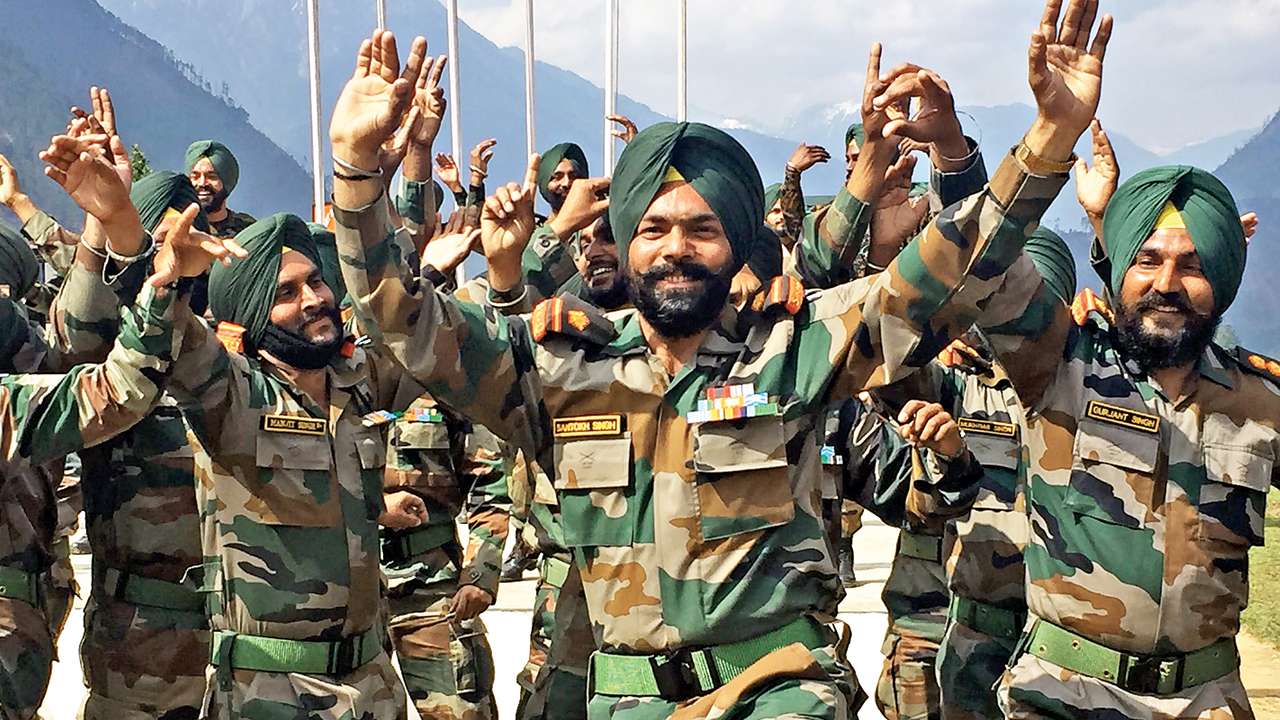
War has always been subject to certain principles and customs. The law of war is rooted in the rules of ancient civilisation and religions. Historically, India has held a leadership position in the development of laws for its military to ensure compliance with the obligations of the law of war. Kautilya’s Arthashastra, dating back to 400 BC, contains principles and practices to be followed during war. Kautilya’s laws for the military clearly recognises the distinction between military targets, which can be attacked, and non-military persons and objects that could not be attacked. The Mahabharata and the laws of Manu also contain provisions that prohibit the killing of an injured adversary, forbid the use of certain weapons, and regulate the protection of prisoners of war. Unfortunately, our Armed Forces, the third largest in the world, does not have any written code applicable for the armed conflict, whether international or non-international.
The necessity of a manual is envisaged in Article 1 of the 1899 Hague Convention II, with respect to the laws and customs of war on land. The Convention makes it obligatory on a State Party to issue instructions that shall be in conformity with the ‘regulations’ attached to the Convention. India is a signatory to a number of international treaties relating to the regulations of means and methods of warfare. Prominent among these are the 1949 Geneva Conventions, 1989 Convention on the Rights of Child and its Optional Protocols, 1954 Hague Convention for the Protection of Cultural Property, 1976 ENMOD, 1972 Biological Weapon Convention, 1993 Chemical Weapon Convention, and all five protocols of the 1980 Convention on Conventional Weapons. The Geneva Conventions and other treaties necessitate preparation of a law of war manual to ensure the rules of the law of war are fully respected.
A manual of military law serves four important purposes. First, it reaffirms the commitment of the government for respecting the law of war in general. Second, it provides the information necessary for training armed forces personnel who need to be familiar with relevant aspects of the law of war. Third, it serves as an example or a model for other states and their armed forces which have not yet adopted such a manual. Lastly, a manual advises members of the Armed Forces and civilians, who are involved in a decision-making process on issues relating to armed conflict, both during the preparation of military operations or during the course of such operations. The Army has been deployed in internal security situations since the last four decades. Internal conflicts are gaining importance and attention all over the world. There is an urgent need to come up with an authoritative restatement of the law governing internal conflicts as the existing provisions are grossly inadequate.
The law of war manual is a ‘politico-legal’ document issued by the government to its armed forces and in which it describes its understanding and interpretation of the existing law. It is intended to serve as an important tool for operational guidance and training; therefore, it must have a combination of academic and military approaches. Some of the areas which could be covered in a law of war manual are: (i) The basic principles of international law, the law war and human rights law; (ii) Application of law of war principles like distinction, military necessity, humanity, proportionality and honour; (iii) Classification of armed conflicts and legal framework for each type of armed conflict and fundamental guarantees during these conflicts; (iv) General obligations that apply to military operations; during the conduct of hostilities, other than rules on targeting; (v) The fundamental legal rules of targeting during armed conflict, lawful targets and protected zones; and (vi) Deployment of the Armed Forces in internal conflicts, the applicable law for the use of force, treatment of detainees, etc.
The Indian Armed Forces may take the position that a military manual is unnecessary because its nature is such that it would be far too general to give guidance during an operation. However, military manuals are a unique opportunity for states to clarify their understanding of international treaty and customary laws applicable to military operations during war and internal armed conflict. It will provide confidence to those who are asked by their nation to perform the most difficult of tasks under the most demanding of circumstances.
The absence of a manual may lead to absence of clear and considered instruction on potentially crucial matters. The manuals will not create new laws. It will restate or interpret the rules that already exist in the treaties, which India has ratified. More than 75 countries have manuals on the law of war for the effective functioning of their armed forces. A manual would benefit the Armed Forces and will serve the relevant communities of interest — lawyers, policymakers, journalists, and the general public. It would contribute to the progressive development of laws of war in India.
The author is a retired Wing Commander. Views are personal